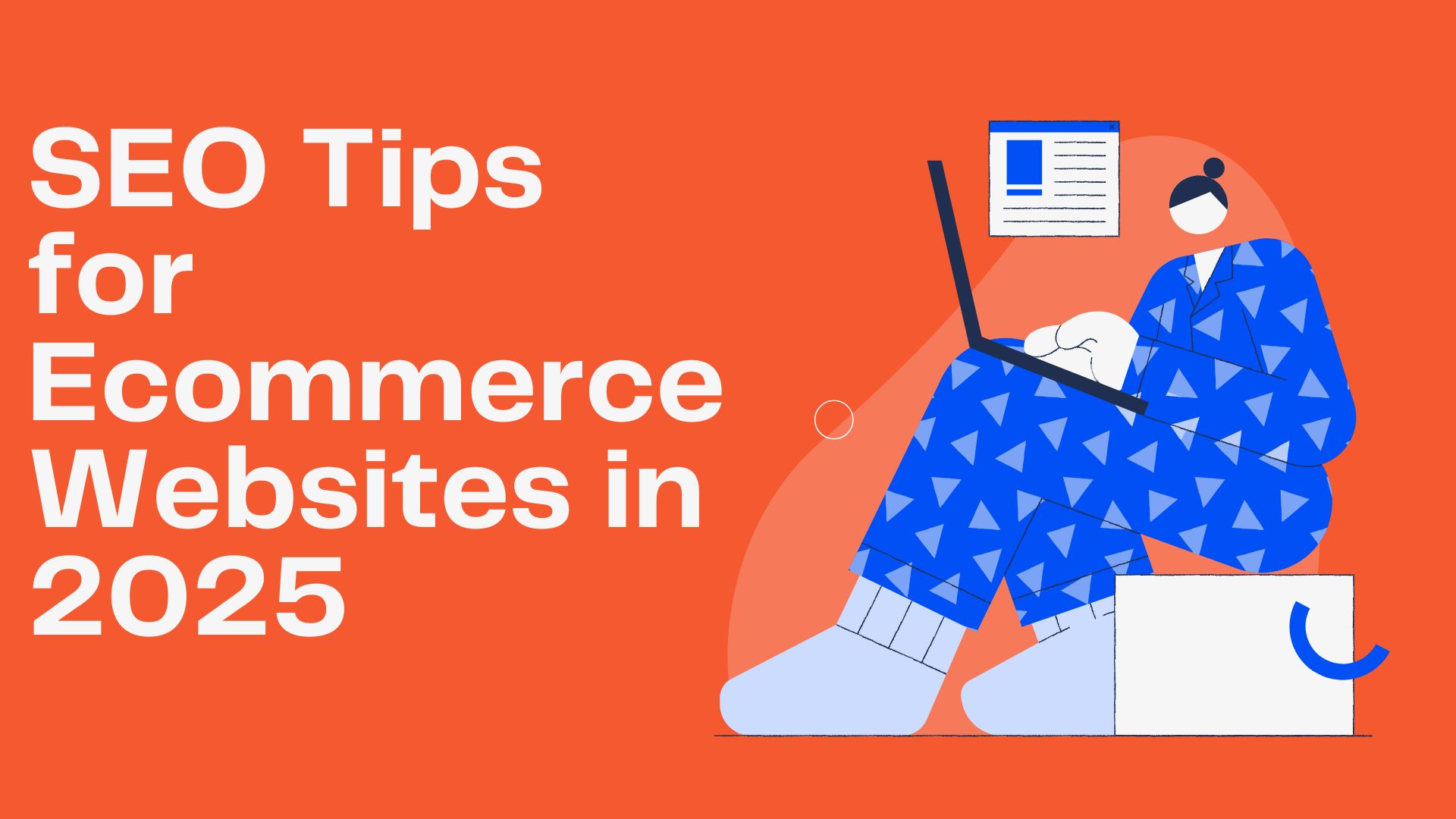In today’s competitive online market, simply having an ecommerce website is not enough. With millions of products available online, standing out from the crowd requires more than just great pricing or fancy design. What you need is a strong search engine presence — and that’s where SEO comes in.
This guide will walk you through SEO tips for ecommerce websites that can help your online store rank higher, attract targeted traffic, and ultimately increase conversions.
Why SEO Is Critical for Ecommerce
Search Engine Optimization (SEO) is the practice of improving your website’s visibility in organic search results. For ecommerce, this translates into:
- More traffic to your product pages
- Higher visibility on Google, Bing, and other search engines
- Increased sales from users who are already searching for what you sell
When implemented correctly, SEO becomes your most cost-effective marketing channel. Unlike paid ads, organic search results continue bringing traffic long after you publish.
1. Optimize Product Titles and Descriptions
The foundation of SEO for online stores starts with your product listings. Each product page should have:
- A unique title that includes your target keywords
- A detailed description explaining features, benefits, and specifications
- Structured formatting using H2 and bullet points
Avoid duplicate content across products, and make each listing engaging for users while being keyword-rich for search engines.
Example: Instead of “Black T-Shirt,” use “Men’s Slim Fit Black Cotton T-Shirt – Soft & Breathable”
2. Focus on Technical SEO
One of the most overlooked SEO tips for ecommerce websites is technical optimization. Search engines need to crawl and index your site efficiently. Key areas to focus on:
- Improve site speed: Compress images and enable caching
- Mobile optimization: Use responsive design for a smooth experience
- Secure your site: Always use HTTPS
- Fix broken links and redirects (404 errors can hurt rankings)
- Use an XML sitemap and submit it to Google Search Console
3. Use SEO-Friendly URLs
URLs should be clean, keyword-based, and easy to read. Avoid long, messy strings with irrelevant characters.
✅ Good example: www.yoursite.com/mens-running-shoes
❌ Bad example: www.yoursite.com/product123?ref=abc456
Include main keywords and product categories in the URL whenever possible.
4. Implement Structured Data Markup (Schema)
Structured data (Schema.org) helps search engines understand your content better and may even show rich snippets in search results — like price, reviews, availability, etc.
For ecommerce websites, the most important types of schema include:
- Product
- Review
- Rating
- Offer
- Breadcrumb
Use Google’s Rich Results Test tool to ensure your structured data is valid.
5. Create Unique Category Pages
Many ecommerce store owners focus only on product pages, but category pages are just as important. These pages often rank for high-volume keywords like “Best Men’s Running Shoes” or “Affordable Kitchen Appliances.”
Tips for category page SEO:
- Add a keyword-rich intro paragraph
- Use internal links to related subcategories or products
- Optimize meta tags (title and description)
A well-optimized category page can be a traffic magnet.
6. Optimize Images for Search
Ecommerce stores are filled with images — which is both a strength and an opportunity. Here’s how to make the most of it:
- Use descriptive file names (e.g.,
black-running-shoes.jpg) - Add ALT text for every image
- Compress images to reduce load times
Google Images can be a surprisingly powerful traffic source when images are properly optimized.
7. Leverage User Reviews and UGC (User-Generated Content)
Adding customer reviews to product pages does more than build trust — it adds fresh, keyword-rich content that boosts SEO.
Encourage customers to leave reviews and ratings. You can even integrate UGC through Q&A sections, image uploads, or testimonials.
Search engines love fresh content, and reviews help differentiate your page from hundreds of similar listings.
8. Internal Linking and Site Structure
A logical, flat site structure helps both users and search engines find pages easily.
- Ensure important pages are no more than 3 clicks away from the homepage
- Use breadcrumb navigation
- Link related products and categories internally
Internal links distribute “link juice” and help Google understand your content hierarchy.
9. Don’t Forget About Blog Content
Yes, ecommerce sites benefit from blogging too. Creating helpful content around your niche allows you to target long-tail keywords, build trust, and support product pages.
Some blog ideas:
- Product comparison guides
- Gift recommendations
- How-to tutorials related to your products
- Seasonal shopping guides
Use the blog to answer customer questions, solve problems, and build authority in your domain.
10. Monitor and Adjust with SEO Tools
To measure success and identify improvement areas, use tools like:
- Google Search Console – for indexing and keyword data
- Google Analytics – for traffic and user behavior insights
- Ahrefs / SEMrush / Ubersuggest – for keyword research and competition analysis
- Screaming Frog – for site audits
SEO is an ongoing effort. Regularly audit your site and stay updated with the latest algorithm changes.
Final Thoughts
Following the above SEO tips for ecommerce websites can significantly increase your online visibility, helping you attract quality traffic and boost your conversion rates. Whether you’re running a small Shopify store or a large WooCommerce marketplace, optimizing your ecommerce site for search engines is no longer optional — it’s essential.
Investing time in SEO today means sustainable growth tomorrow. Start with the basics, stay consistent, and watch your ecommerce business climb the search engine ladder.
NOTE – If you want to boost your business consult an expert of Seo Services in India

